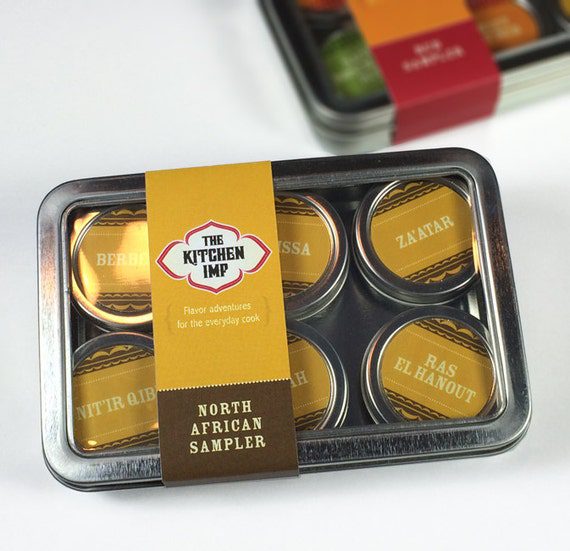African cuisine is more diverse than just meat dishes. This article compares and contrasts two popular African dishes – Moroccan Tagine and Ethiopian Injera. Moroccan Tagine is a stew made with a variety of meat, vegetables, and spices, while Ethiopian Injera is a flatbread made from teff flour with a spongy texture and a slightly sour taste. Both dishes use locally-sourced ingredients and are culturally significant. Moroccan Tagine represents hospitality, while Injera is a staple food eaten with almost every meal in Ethiopia and used in religious ceremonies. Both dishes are important parts of African cuisine and worth trying.
Moroccan Tagine vs. Ethiopian Injera: An African Adventure in Flavor
Introduction
When people think of African cuisine, they often think of meat dishes like South Africa’s biltong or Kenya’s nyama choma. However, African cuisine is much more diverse than that. In this article, we will explore two popular African dishes – Moroccan Tagine and Ethiopian Injera – and compare and contrast them.
What is Moroccan Tagine?
Moroccan Tagine is a stew made with a variety of meat, vegetables, and spices. The dish gets its name from the clay pot it is traditionally cooked in – the tagine. In Morocco, it’s a common dish and is a staple of the culinary landscape.
Ingredients
– Meat (lamb, beef, chicken, or fish)
– Vegetables (onions, carrots, tomatoes, potatoes, etc.)
– Spices (cumin, coriander, cinnamon, ginger, paprika, saffron, etc.)
Cooking Method
The meat and vegetables are first sautéed in oil to bring out their flavors. Then, the spices are added, and the mixture is simmered for a long time until everything is well-cooked and tender. Moroccan Tagine is usually served with couscous or bread.
What is Ethiopian Injera?
Ethiopian Injera is a flatbread made from teff flour. Teff is a type of grain that is native to Ethiopia and is the main ingredient in Injera. The bread has a spongy texture and a slightly sour taste. In Ethiopia, it is a staple food and is eaten with almost every meal.
Ingredients
– Teff flour
– Water
– Salt
– Yeast (optional)
Cooking Method
The batter is made by mixing teff flour, water, salt, and yeast. It is then left to ferment for a few days, which gives Injera its sour taste. When it’s time to cook the bread, the batter is poured onto a hot griddle and cooked until it’s done. In Ethiopia, Injera is often used as a utensil to scoop up other dishes.
Comparison
Flavor
Moroccan Tagine is known for its rich and fragrant flavor, thanks to the combination of spices used in the dish. Ethiopian Injera, on the other hand, has a sour taste that comes from the fermentation process. The bread also has a unique spongy texture that complements the other dishes it’s served with.
Ingredients
Moroccan Tagine and Ethiopian Injera might be different dishes, but they have one commonality – both use locally-sourced ingredients. In Morocco, Tagine is made with meat and vegetables that are grown and raised in the region. In Ethiopia, Injera is made with teff flour, which is only grown in the country.
Cultural Significance
Both Moroccan Tagine and Ethiopian Injera are culturally significant dishes. In Morocco, Tagine is a symbol of hospitality – it’s considered impolite to refuse an invitation to eat Tagine in someone’s home. In Ethiopia, Injera is a staple food that’s eaten with almost every meal. It’s also used in religious ceremonies and is a symbol of Ethiopian culture.
Conclusion
Moroccan Tagine and Ethiopian Injera might be different dishes, but they’re both important parts of African cuisine. The dishes represent the diverse culinary landscape of the continent and are beloved by millions of people. Whether you’re a fan of rich stews or sour flatbreads, both Moroccan Tagine and Ethiopian Injera are worth trying.
